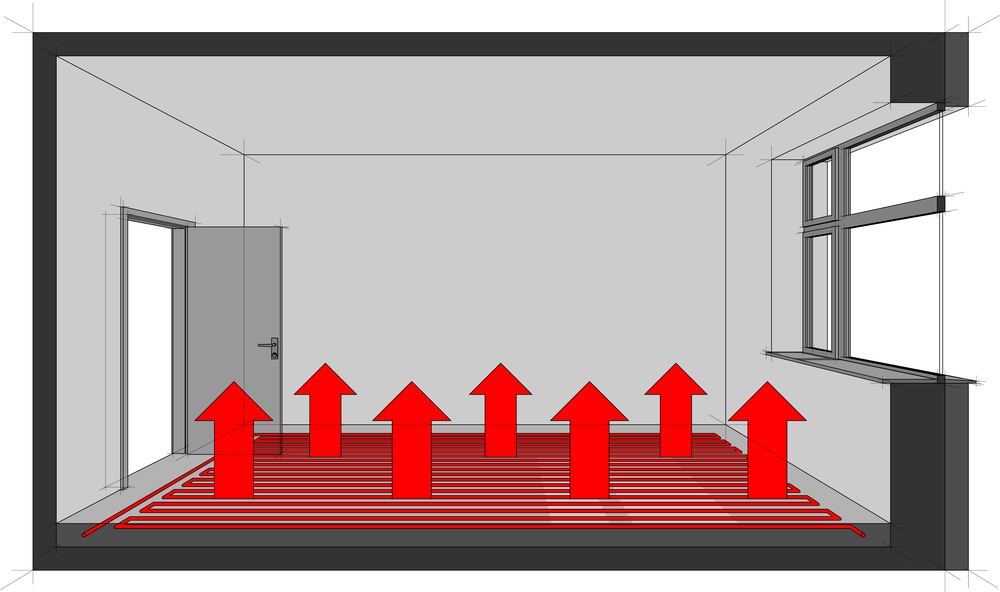
Over the last few years there has been an abundance of discussion, debate, hype and confusion regarding the meaning and significance of “Internet of Things”, rather than rehash the past, I’d rather jump in and spend a few minutes talking about the future of the Internet of Things. Throughout my career in technology I’ve found it extremely useful to look ahead and identify the obvious and not-so-obvious developments that are going to significantly change the path and pace of adoption by different market sectors and user segments.
Internet of Things is quite often described using examples of consumer goods and “things” that are in homes or cars, but I am frankly much more interested in the “things” that are found in places where we work, learn, meet, eat, shop and build. The fact that most the innovations, development and early product launches have been in the consumer space is actually turning out to be quite beneficial because they (consumer IoT innovators) are beginning to solve the long list of challenges, hurdles and kinks that are inevitable in the emergence of any technology.
The potential for increased efficiency along with greater visibility and control that will be enabled by IoT for Commercial Buildings is my primary interest. Right now, only a small percentage of all commercial buildings are truly being operated at optimal efficiency. It takes months (or years) to find out dampers or valves are stuck. It costs hundreds (or thousands) of dollars to send a skilled worker to a remote site to diagnose and cure something as simple as a loose wire. Tenant complaints (and move outs) mount up while operations staff desperately tries to figure out how to make the building behave properly.
IoT innovations for buildings will likely reduce total cost of operations in our commercial and industrial spaces by 10 to 15%. That’s conservative. 2016 has been a turning point for the pace of innovations being announced and released by the tech community. IoT has been a “thing” for a long time, but we are really only just now seeing the tip of the ice-berg.
In an attempt to put the future of IoT into some relevant context, it’s important to point out that there is a long list of “things” that have already been successfully connected to the internet. That’s not news. But I like to point out that those things have several common attributes; they are expensive things, they have mostly all been invented in the last 15 years, they are things that need to be at least occasionally within six feet of a wall outlet, they are things that can afford to be paying a monthly data-plan and can run some version of unix (preferably with a Chrome Browser).
That list of attributes is a good place to start when thinking about the future of IoT. Let’s pick a few of them apart, in no particular order:
Software
As you know, connecting a phone or a computer to the internet for the first time requires several deliberate steps involving multiple layers of software and tricky combinations of alpha-numeric keystrokes. It has proven to be remarkably difficult to delete very many of the layers and steps needed to make a secure and reliable connection of a much simpler “thing” to that same internet. Even if the “thing” has nothing more complicated to communicate than a temperature or humidity reading, the steps and layers are not much different than if that “thing” was trying to login into a Netflix account.
Companies like Google, SalesForce, as well as open-source communities are rapidly releasing IoT software development tools and platforms that allow things to connect and communicate with far fewer lines of code. The significance cannot be overstated. Fewer lines of code equates to a reduction in resources needed to make communications happen; less processor cycles, less memory, less time, less electricity, less heat. The pace of future IoT development (more things get connected, sooner) is greatly enhanced by the reduction of code required for connections.
Communications
The future of IoT is highly dependent on advancements in cellular, wi-fi and blue-tooth radio technologies. The physical realities of sending and receiving electronic signals is ridiculously complicated, but fundamentally comes down to the fact that there are a limited number of spectrum slices (channels) in which to arrange coordinated communication links. Cellular connections hold the most promise, and we are beginning to see companies like Verizon wake up to the potential role they can play in the explosive growth of IoT.
In the last few months we’ve also seen the commercial release of chip-sets from Intel (and their competitors) that have 4G, 3G, Wifi, and BLE (blue-tooth-low-energy) all integrated with a processor and memory at a price point that will conceivable get under $20 (not yet, but soon). These chip-sets were originally being designed to be the brains and radios for tablets, laptops and e-readers, but are now finding their way into the labs where street lights, chillers, and solar inverters are being designed.
Once the street light has it’s own stripped-down cell phone, it then will need to figure out how to read and sign the paperwork necessary to set up an account at the T-Mobile store. I can’t wait to stand in line waiting for a HVAC system to decide whether to go with the 5gig or unlimited data-plan. I won’t need to worry for long. Rates and service options for connecting IoT devices to cell towers is a huge problem today, but is being solved by innovators like LynxSpring that are creating virtual and physically private networks using the towers that Verizon already has in place.
BLE and “beacon” technologies are also tremendously important and timely innovations that are coming to market (probably worth of an entire blog post by itself). Simply put; product designers are beginning to see options for embedding secure internet communications functionality into more and more products and devices.
Power
Being weighed down by batteries or tethered to ac power source has been an unfortunate reality for anything that has wanted to transmit or receive internet protocols (especially wirelessly). Ultra efficient processors, communication chips, and sensors are finally coming to market at prices that allow them to be considered for inclusion in more devices.
Battery technology evolution is frustratingly slow (just ask Elon Musk), but the billions of cell phone users that are seemingly all standing in line for that one open charging pole in LAX are driving significant investment in battery technology. Energy harvesting technologies, and the re-emergence of DC power distribution systems will also eventually enable more IoT deployments. I’m trying to be patient.
Interoperability
The battle for attention (market share) in the consumer technology IoT space is being dominated by companies that apparently have absolutely no intention of working peacefully with competitors. Samsung, Google, Apple, LG and others have all adopted an all-or-nothing approach to marketing IoT products. Each company has aggressively released a limited set of IoT products that are designed to entice consumers to become addicted to the rest of the limited set of IoT products that the vendor is offering. IoT for commercial buildings will need to have standards and protocols that allow for multiple brands to work together in a system-of-systems type of environment.
While it is conceivable that a consumer may opt for an All-Samsung-House, or an All-Apple-Condo, it is almost impossible for me to believe that commercial building owners will ever settle for that sort of locked-in confinement.
API’s, pub-sub protocols, tagging schemes and coding languages are tilting toward open interoperability that wasn’t easy until now. IoT products of the near-future can be built with a multi-brand, multi-vendor reality in mind. Also important is the growing number of IoT software and platforms from companies like Yonomi and Initial State that allow orchestration and analysis of disparate devices from multiple brands.
Yes, the future of IoT is tremendously complicated. Yes, the future of IoT will deliver extraordinary benefits. And yes, we are just barely scratching the surface. Stay tuned.



